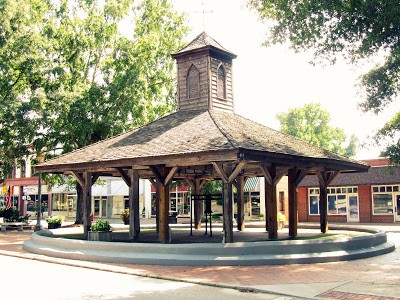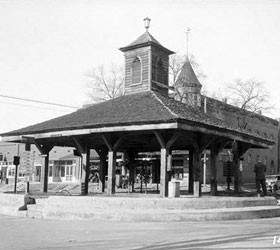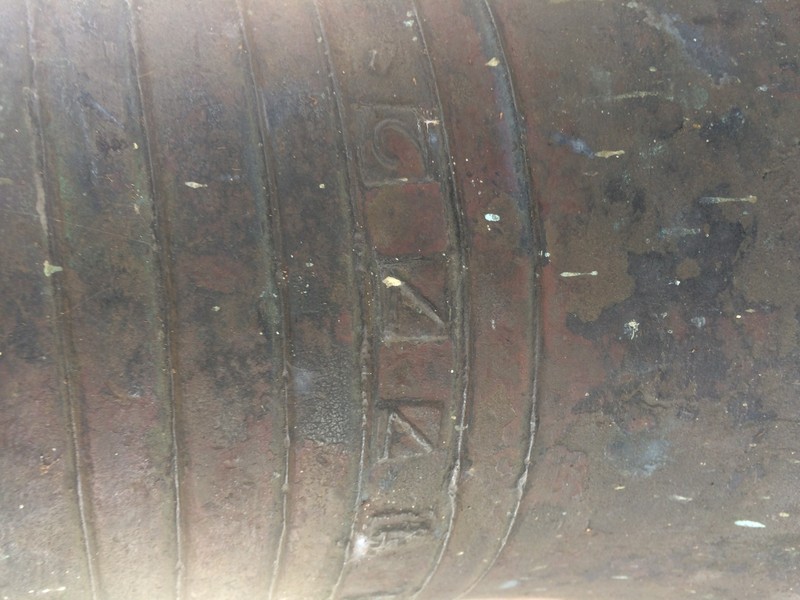Market House of Louisville, Georgia
Introduction
Text-to-speech Audio
Images
The Slave Market House: Louisville, GA Circa 2011

The Slave Market House: Louisville, GA Circa 1930s

The year 1772 can be seen on the bell

Backstory and Context
Text-to-speech Audio
The open air building that is now commonly known as the “Old
Slave Market” was refurbished in the 1990s and still contains materials from
the original building that was constructed over two hundred years ago. It
serves as the symbol for the community organization known as the Friends of
Historic Downtown Louisville as it is the most widely recognized structure
associated with the town.
This pavilion is also the oldest standing structure in the area and possesses a seventeenth century French bell with an interesting backstory; the bell which was intended for a covenant in New Orleans never arrived there. Instead, it was relocated to Louisville, Georgia after being stolen by pirates on its voyage from France to Louisiana. The bell that hung in the slave market was used to warn of Indian attacks on the town and is still hanging from the structure’s rafters today.
Due to its open air nature, this historic site never really opens or closes, so visitors can stop and reflect upon its history and significance at their leisure. The bell was made in the year 1772 , near the time of 1776-birth of a new nation. The structure reflects both the strengths of that nation in commerce and trade as well as the worst aspects of a nation built largely upon slave labor.
